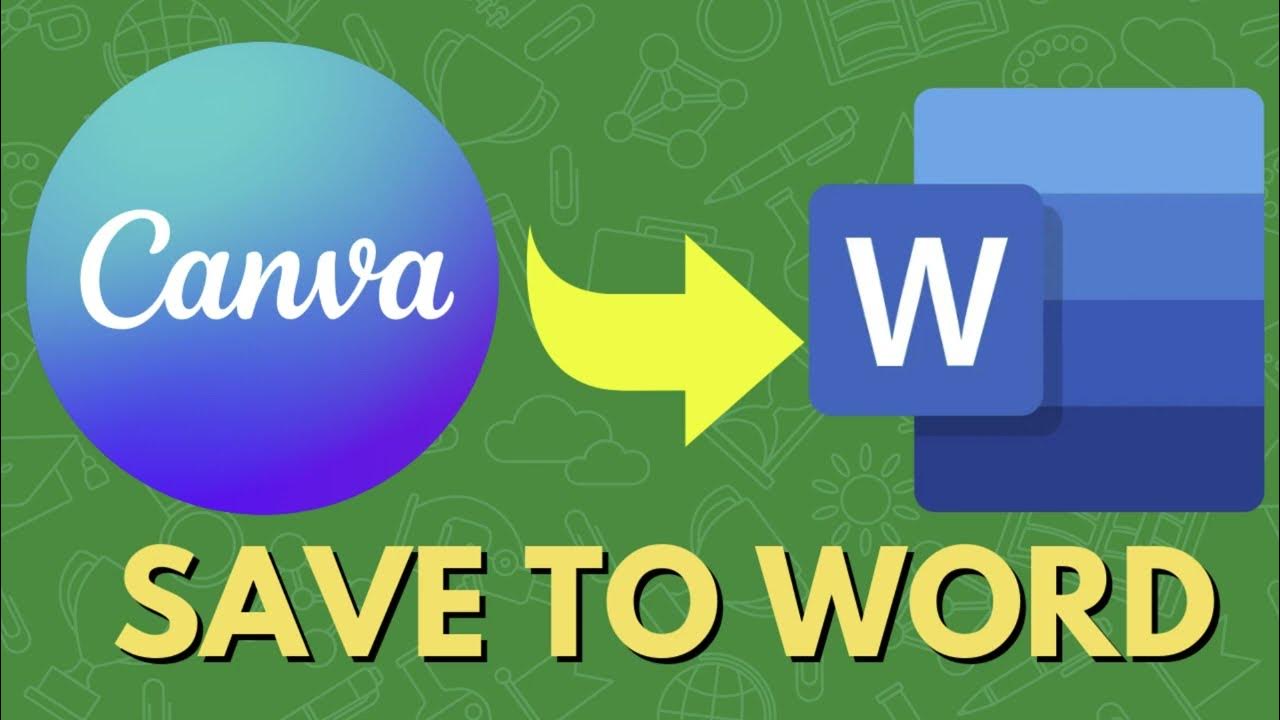Excalidraw Writing Machine: Generate articles from your Visual Zettelkasten cards in Obsidian
Summary
TLDRIn this video, Jolt introduces a method for converting visual layouts of articles into structured, nearly publish-ready PDF documents. He discusses the Zettelkasten system and the concept of Four-Dimensional PKM, which integrates text, links, and visuals to enhance knowledge organization. The Excalidraw Writing Machine script is showcased for automating text generation from visual notes, complemented by AI tools like ChatGPT for refinement. Jolt encourages viewers to explore these techniques for organizing ideas and invites them to engage with additional resources and workshops on visual thinking.
Takeaways
- 😀 Visual PKM helps convert layouts into structured documents, enhancing readability and presentation.
- 😀 The four-dimensional approach to PKM includes linear text, separate documents, links between notes, and visual elements.
- 😀 Visual thinking aids in quickly grasping concepts compared to traditional linear text formats.
- 😀 Excalidraw can be used to create visual layouts that serve as the foundation for writing projects.
- 😀 The Excalidraw writing machine script automates the conversion of visual notes into markdown documents.
- 😀 Users can customize templates and scripts according to their specific needs in their PKM systems.
- 😀 Feedback and adaptation are encouraged, with an invitation for users to share their experiences and suggestions.
- 😀 Workshops and additional resources are available for deeper learning about visual thinking and PKM.
- 😀 Integration of AI tools, like ChatGPT, can further enhance the writing process by generating content from structured notes.
- 😀 Effective organization of ideas visually can open up numerous applications, including presentations and scripts.
Q & A
What is the primary purpose of the video?
-The video demonstrates how to convert a visual layout of an article into a polished PDF document using various tools and techniques.
What are the four dimensions of Personal Knowledge Management (PKM) discussed in the video?
-The four dimensions are: 1) Linear text documents, 2) Separate documents as individual files, 3) Links between notes for a 3D system, and 4) Incorporation of illustrations for visual connections.
How does the speaker define 'visual Zettelkasten'?
-Visual Zettelkasten refers to a system where notes have both a visual and a textual side, allowing users to organize and represent ideas visually, which enhances understanding.
What is the Excalidraw writing machine script and its purpose?
-The Excalidraw writing machine script is a tool that captures text from visual elements in a flow diagram and compiles it into a structured document, making the writing process more efficient.
How can users further automate their writing process using AI?
-Users can copy generated text from the Excalidraw output into ChatGPT or similar AI tools to create a more refined and coherent article automatically.
What flexibility does the video claim the workflow offers?
-The workflow is adaptable, allowing users to skip parts they don't find useful, such as generative AI or templating scripts, tailoring the process to their individual needs.
What is the importance of the order of elements in Excalidraw for generating text?
-The sequence in which elements are drawn affects the final output; the correct order ensures that sections are organized logically in the generated document.
What are some potential applications for the tools and techniques presented?
-The tools can be used for creating presentations, show notes, academic papers, and scripts for videos, enhancing the overall organization and presentation of ideas.
What feedback does the speaker seek from the audience?
-The speaker is interested in hearing how viewers use the scripts, their thoughts on the process, and any features or improvements they would like to see.
How can viewers learn more about the visual thinking framework mentioned?
-Viewers can explore links provided in the video description to access workshops and additional resources related to visual thinking and PKM.
Outlines

Esta sección está disponible solo para usuarios con suscripción. Por favor, mejora tu plan para acceder a esta parte.
Mejorar ahoraMindmap

Esta sección está disponible solo para usuarios con suscripción. Por favor, mejora tu plan para acceder a esta parte.
Mejorar ahoraKeywords

Esta sección está disponible solo para usuarios con suscripción. Por favor, mejora tu plan para acceder a esta parte.
Mejorar ahoraHighlights

Esta sección está disponible solo para usuarios con suscripción. Por favor, mejora tu plan para acceder a esta parte.
Mejorar ahoraTranscripts

Esta sección está disponible solo para usuarios con suscripción. Por favor, mejora tu plan para acceder a esta parte.
Mejorar ahoraVer Más Videos Relacionados

Getting started with ExcaliBrain - starting from an empty Obsidian Vault (Part 1 of 3)

Get started with Quarto | Mine Çetinkaya-Rundel

Pdf Parsing with Scanned Images, Tables, Text with Docling, Claude 3.7, GPT 4.5, Llama 4

Save a Canva Design To a Word Document

Create Your Own ChatGPT with PDF Data in 5 Minutes (LangChain Tutorial)

AI Penulisan Artikel Jurnal Ilmiah No.1: Berbagai Fitur Baru, Luar Biasa untuk Peneliti & Akademisi
5.0 / 5 (0 votes)
